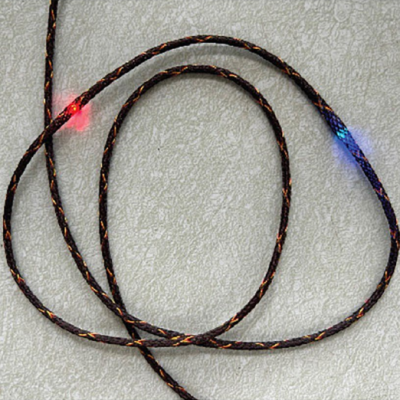When it comes to drama, school reunions are a goldmine for writers because they provide the perfect setting to gather a group of diverse individuals who come with a catalog of already-made conflicts and issues. Add alcohol or drugs to the mix, and the compression of the timeline, and you have an explosive situation–which is precisely what Branden Jacobs-Jenkins creates in “The Comeuppance.”
At its core, “The Comeuppance” follows the familiar formula of “The Big Chill”–a classic film celebrating its 40th anniversary this year–but updates it with a litany of violence and disaster that punctuates the lives of its characters. For them, the Columbine massacre in 1999 and the Sept. 11 attacks bookend their high school days. This combination creates a profound tragicomedy that explores the reunion that every one of us must eventually face.
The play begins with a bang as Death appears on stage after five seconds of human activity. Death takes over the bodies of certain characters, enabling him to explain what’s happening beneath their jeers and jabs. The rest of the time, Death, invisibly playing the short or long game, watches and waits to know his customers before they meet their inevitable fate.
The characters, who are alumni of St. Anthony’s School, a Catholic academy in Washington, gather on the porch of a suburban home to pregame their 20th reunion. Each is struggling with achieving maturity, happiness, or just a sense of belonging–a problem that was evident in high school when they bonded as members of MERGE, a “multiethnic reject group.”
One member of the group, Emilio (Caleb Eberhardt), has returned to the United States less to attend the reunion and more to see his work at the Whitney Biennial. He is the most successful member of the group and yet still the most deeply disappointed. He is also the most unsympathetic, condescending to Ursula (Brittany Bradford), a host of the porch party who is blind in one eye because of diabetes, and he keeps picking fights with Caitlin (Susannah Flood), whose marriage to an older man with unsavory political views he sees as a continuation of her poor choices from high school.
Two other characters–one who arrives unexpectedly and one who doesn’t–are both played by Bobby Moreno, further complicating the already dense plot. As the play progresses, the audience is taken on a journey where the truth becomes less clear, and no one’s take on the past quite matches anyone else’s.
Jacobs-Jenkins’s ear for 38-year-olds’ snark renders faultless humor that never diminishes the pathos rumbling underneath. The breakneck staging by Eric Ting never misses a detail and amplifies the humor to the max, building up to several breathtakingly devastating moments.
Ultimately, “The Comeuppance” is a rich and fully mature work that seamlessly combines and advances the meta-theatrical daring of “An Octoroon,” the reunion setting of “Appropriate,” the desire to outwit death in “Everybody,” and the violence of “Gloria.” Death hangs over the play, with the characters’ memories of events like Columbine, 9/11, and the current pandemic reminding us poignantly that values, beliefs, and even feelings of invincibility are no shield against disaster.
The last scene is a poetically beautiful payoff involving one of Emilio’s sound sculptures and the sense of gradual hearing loss that every human suffers. The audience is left shaking, realizing that Death inevitably comes for everyone, but for now, he robs us of our days bit by bit.
The Comeuppance
Through June 25 at the Signature Theater, Manhattan; signaturetheatre.org. Running time: 2 hours 10 minutes.












